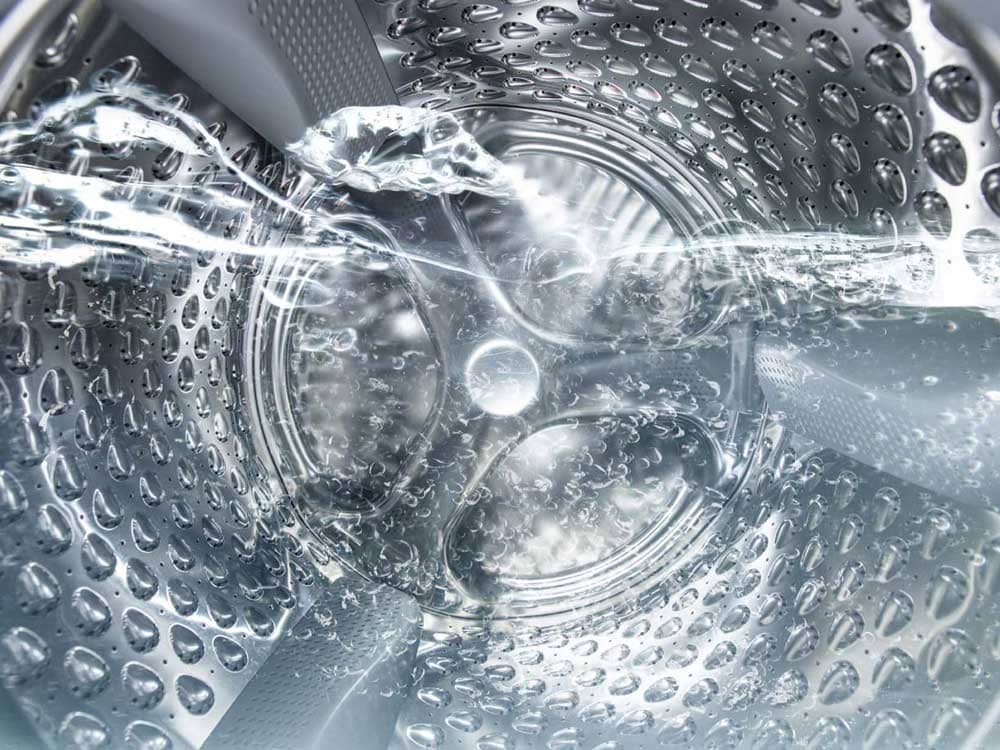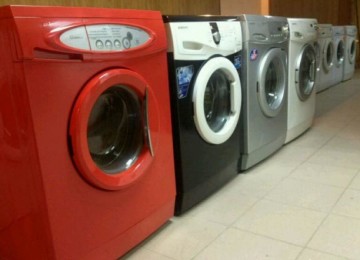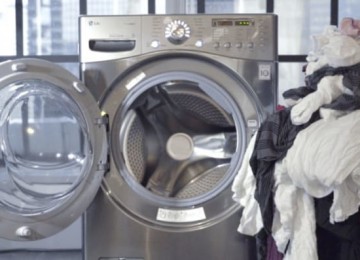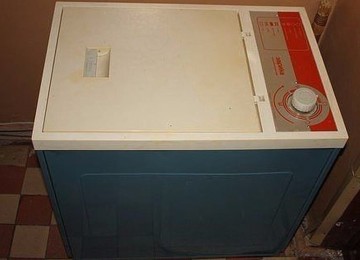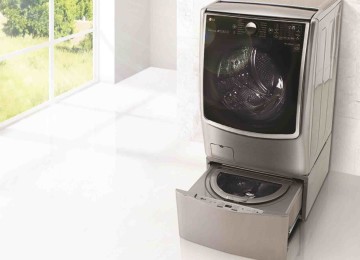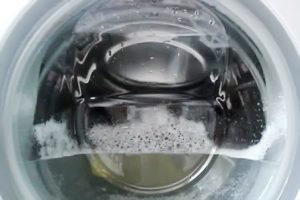 Buying an automatic washing machine - this is always a serious financial decision and a desired event, but sometimes it happens that a long-awaited purchase turns into complete disappointment. At least, this is what the buyer feels when, upon unpacking, water is discovered in a new washing machine. The most common case is that drops of water may end up on the walls of the drum. In more complex situations, the user finds water while checking the filter. The first thing that comes to mind in such a situation for many is that the seller sold a used product, but whether this is true is explained below.
Buying an automatic washing machine - this is always a serious financial decision and a desired event, but sometimes it happens that a long-awaited purchase turns into complete disappointment. At least, this is what the buyer feels when, upon unpacking, water is discovered in a new washing machine. The most common case is that drops of water may end up on the walls of the drum. In more complex situations, the user finds water while checking the filter. The first thing that comes to mind in such a situation for many is that the seller sold a used product, but whether this is true is explained below.
The appearance of water in a new washing mashine
In order not to leave any doubts, you first need to clarify - if the product was purchased in Ariston, Ardo, Beko, Bosch brand stores, then the situation of selling a used unit under the guise of new equipment is a priori impossible. These manufacturers are sales leaders in the household sector, thanks to a serious product quality system and support of European standards for the protection of buyer rights. They will never risk their reputation for a dubious spoofing operation.
When unpacking the machine, there may indeed be water or traces of it on the inner surface. Its volume can be quite large, up to a liter.Most of the water may be at the bottom of the device. During transportation, the machine is constantly turned over, and water moves inside it and can get not only on the walls of the drum, but also on the hatch cuffs and other components. And the only place where it will not fall under any circumstances is electrical and electronic control systems. The manufacturer took care of this and, knowing this problem, designed the unit in such a way as to prevent water damage to important components.
Most buyers do not encounter this problem at all. Usually only very curious people find water if they suddenly decide to open the small door at the bottom, after which liquid begins to flow. A garbage filter is located in this place; water circulates through it in normal mode and technologically remains there, even if the washing machine has completely drained after completing the operating cycle.
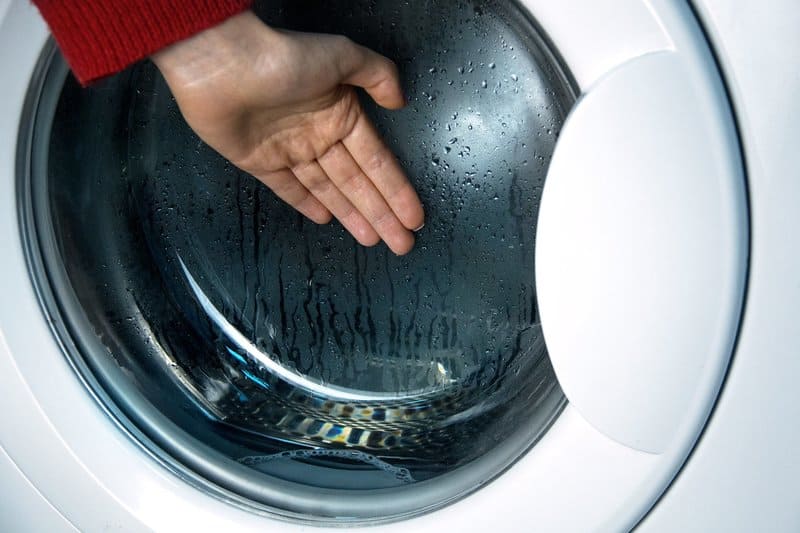
It's bad when there is no water
Oddly enough, a problem with new equipment may arise for the consumer precisely if there is no water in it. This can happen in two cases:
- The unpacked unit stood on the display case for a long time, and the water in the drum had time to dry;
- pre-sale mandatory testing of the machine for washing quality was not carried out.
What the buyer should do in this case is up to him to decide.But if his doubts are great, then he can exercise the right to return the goods to the seller in accordance with the EU Consumer Contracts Regulation 2013 (CCR). Its rules give the buyer the right to terminate the contract for the purchase of an item within 14 working days from the date of receipt of the goods if he is dissatisfied or simply changes his mind. This will require return the typewriter in packaging and all components. Refunds to the buyer must be issued by the seller within 30 days or less after inspection of the returned item. Return shipping is paid by the buyer.
Pre-sale quality test
To carry out testing for washing class and energy efficiency, a “reference” machine operates simultaneously with the unit being tested for comparison, and a special “reference” linen is washed, which is purchased for Russian machines in Germany. Such testing is not cheap for manufacturers, approximately 3,000 euros, and it is performed to confirm the class for the model. A modern automatic machine must withstand 2,500 thousand washes during the warranty period. According to studies, only 10-15% of families use equipment with such intensity.
In EU countries, for testing they use artificially contaminated fabric (ICT) made of cotton, sewn from 5 squares measuring 150x150 mm each, in the following sequence:
- Clean;
- contamination of soot with technical oil;
- blood contamination;
- contamination of cocoa with milk;
- red wine contamination.
Russian standard GOST 8051-93 "Household washing machines. General technical conditions”, requires that IZT be made of cotton fabric contaminated with grease stains according to GOST 22567.15-95.
Requirements for a unit class A +++
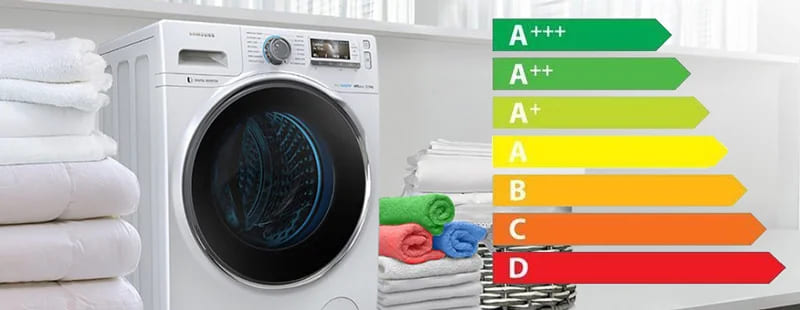
Today, shoppers search online for washing machines with energy labels that show their energy efficiency rating. Since December 2011, the most efficient washing machines have been labeled A +++. It must be confirmed by appropriate tests using water:
- Power consumption;
- program time;
- power consumption in “standard mode”;
- duration in “standard mode”;
- residual moisture;
- on-board acoustic noise;
- maximum spin speeds.
Russia also fulfills these European requirements, since the country has mass assembly of units from Western brands: Indesit, Hotpoint-Ariston, Candy Group, Beko. In 2013, a Bosch plant and logistics center was built near St. Petersburg in Strelna.
Types of additional testing
Manufacturers of domestic washing machines are working to produce quieter appliances, as many buyers rightly believe that noise level is a key purchasing factor.However, while the spin cycle is the noisiest, the amount of noise the pump makes during the spin cycle is also a source of complaint from many users. In an attempt to reduce the noise emitted when a washing machine is pumped out, testing is carried out to measure sound pressure and identify sources of noise, such as the motor and vibration of the frame during spinning.
The emission of sound is a consequence of the complex internal mechanisms of the machine, which cause parts to vibrate, causing vibrations to be emitted into the surrounding space. Engine vibrations and water-air impulse are transmitted to the pump housing and inlet/drain hoses and are transmitted as vibration through the pump mount or hose connections.
This parameter can be individual for each unit and depend on the quality of the assembly, so each machine is tested before sale, with water poured into it. In addition to noise, the spin quality and centrifuge rotation speed are determined, which should not deviate from the design parameters by more than ±1 rpm during standard washing.
How to recognize a used unit when purchasing
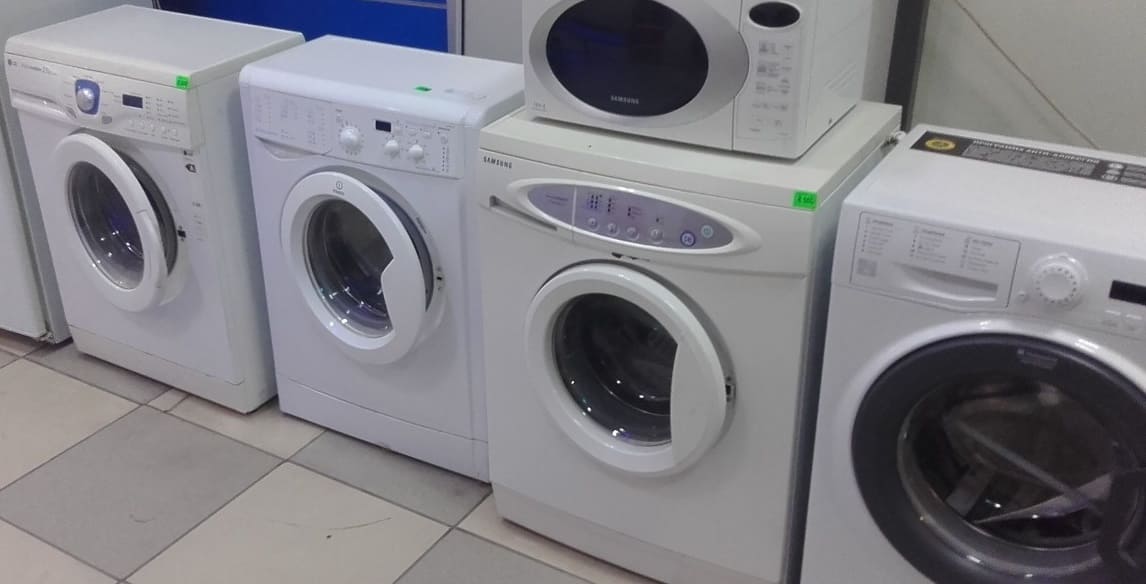
So, water in the washing machine when buying - no obstacle to purchase. And if the buyer is afraid of forgery and wants to purchase new equipment, then it is better to check the washing mashine thoroughly in the retail chain, then there will be no problems with returning it. There are several places whose condition clearly confirms that the unit has already been used:
- A tray for filling powder, the most accessible and objective place for control. It is easy to remove from the machine; all you need to do is press a special button located inside. Once removed, the slot will open.If you run your finger over it and then smell it, the smell of the powder will confirm that the machine has been used repeatedly.
- Hoses. There are two of them in the set: drain and filler, it is worth paying attention to the first.
- Check the surface of the machine for traces of dirt, mold or limescale.
- Check the condition of the fittings for wear.
Inspect the condition of the dryer.
